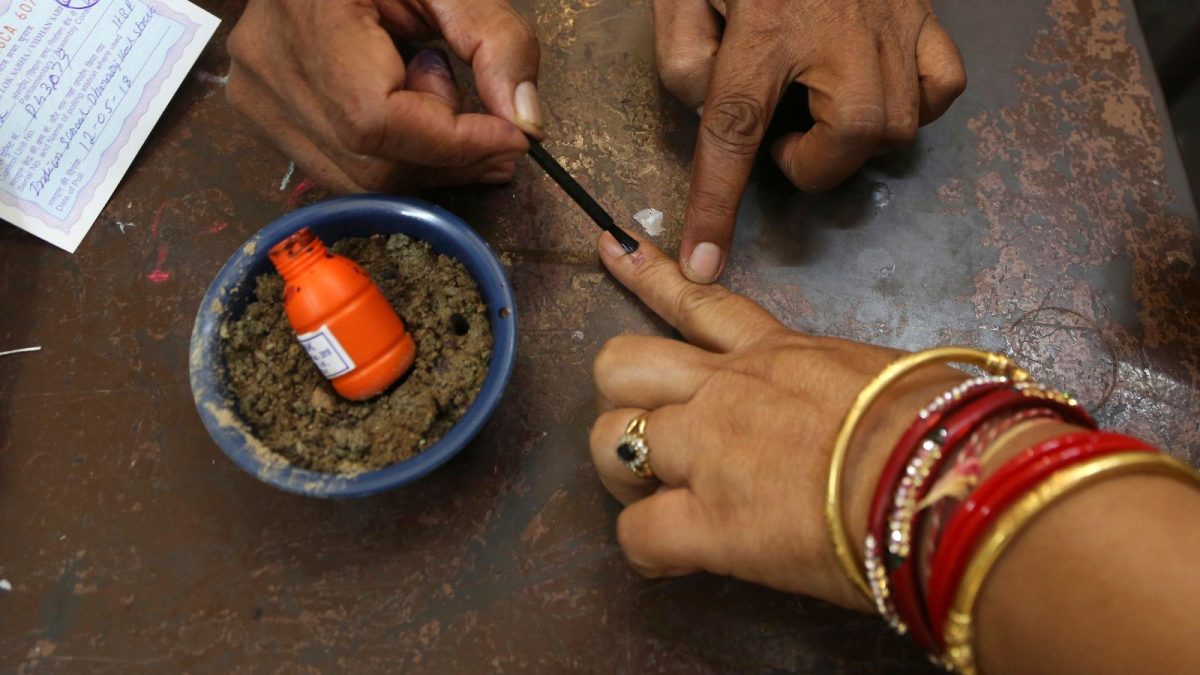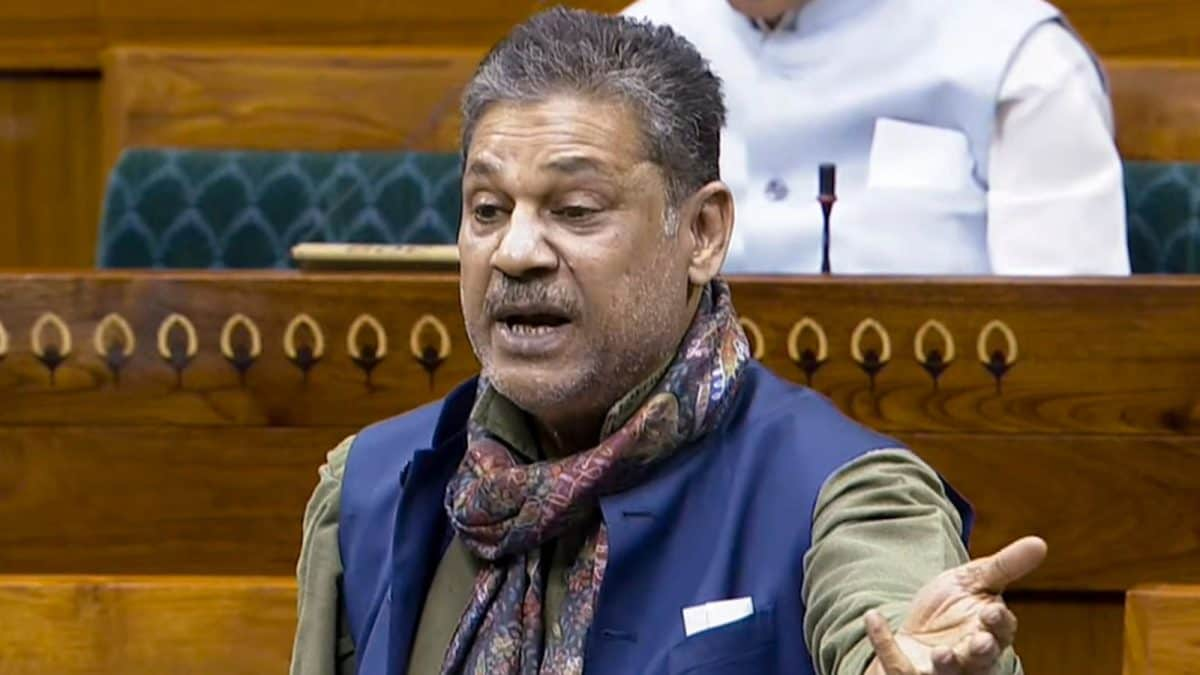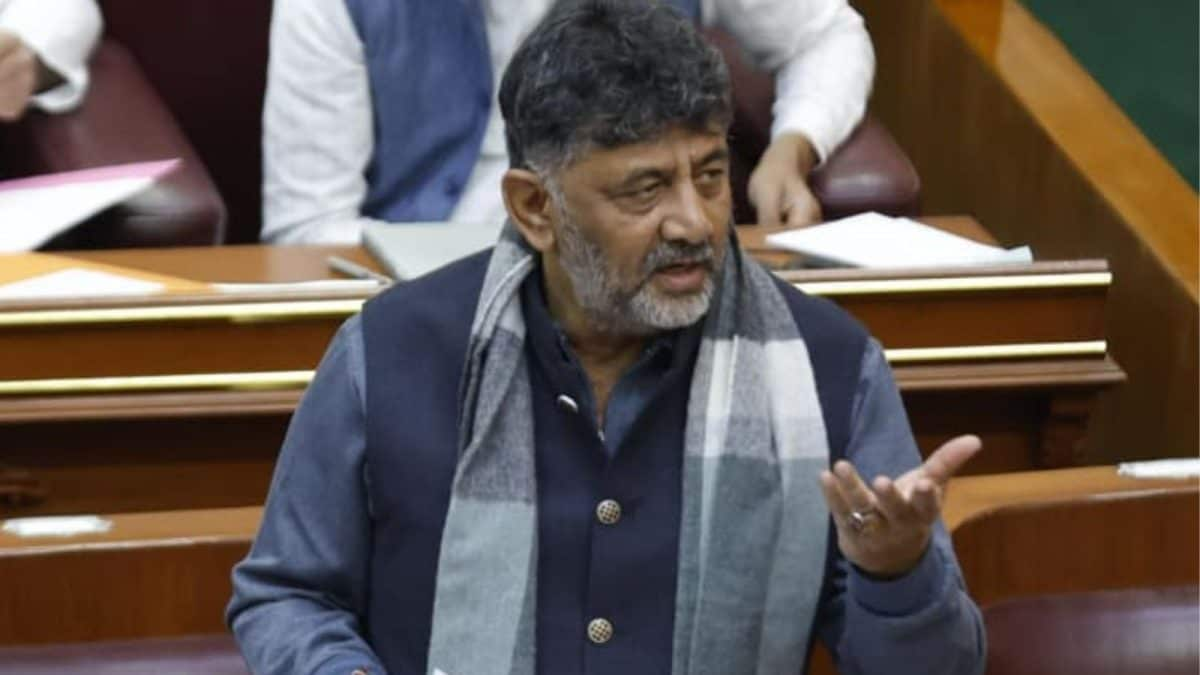Last Updated:
For the 243 seats in the assembly, 2,616 candidates are contesting across the two phases of which only 258 are women—barely 10 per cent of the total

If parties had fielded women in proportion to their voter strength, there would have been over 1,200 women candidates instead of just 258. (PTI)
When the Women’s Reservation Bill reached Parliament in 2023, all political parties across length and breadth supported the idea. However, the yet-to-be implemented Constitution (128th Amendment) Act finds little reflection on the ground, even for the 2025 Bihar assembly election.
Since the passage of the Bill, India has seen several elections. Yet, the parties that spoke at length about increasing women’s representation in assemblies and the Lok Sabha failed to act on the ground. The case is true for Bihar also, where women make up nearly half the voters but remain just a tenth of the candidates.
In the next two weeks, the fate of political parties in Bihar will be decided. Yet, women appear to be the clear losers in this election too.
For the 243 seats in the assembly, as per the data from the Election Commission of India, a total of 2,616 candidates are contesting across the two phases. Of them, 2,357 are men, while only 258 are women—barely 10 per cent of the total.
Another way of putting this would be: Only 10 out of every 100 candidates are women—roughly one woman candidate faces nine men in this election. The numbers underscore how political parties continue to treat women’s representation as symbolic rather than structural.
In the first phase of Bihar assembly polls, there are 1,192 male candidates and only 122 women. In the second phase, there are 1,165 male candidates against 136 women, ECI data shows.
Bihar Elections: A Numbers Game
The situation is no better across parties. Analysing the party list shows that the National Democratic Alliance has given a chance to 34 women. The Mahagathbandhan has 30 women candidates. The BSP has fielded 26 women among the 130 candidates while the Jan Suraaj has named 25 women.
The 2023 Nari Shakti Vandan Adhiniyam, which mandates one-third reservation for women in Parliament and state assemblies, has been passed but awaits implementation. So, when the rule will be implemented, at least 80 of the 243 constituencies will have women candidates exclusively.
Believing that all women who are in the fray will win from a given political side, the parties needed to name at least 80 women. Clearly, no side is touching even half of this. While parties are not legally bound to field more women candidates, the low numbers show that calls for greater female representation remain lip service, reflecting a lack of political will.
Of the 7.45 crore voters in Bihar, almost half—3.51 crore—are women. In Phase 1, there are 1.98 crore male voters and 1.77 crore female voters, with women forming 47 per cent of the electorate. In Phase 2, 1.95 crore men and 1.74 crore women are eligible to vote. Again, women make up 47 per cent of total voters.
If parties had fielded women in proportion to their voter strength, there would have been over 1,200 women candidates instead of just 258.
The analysis of the data from the last few elections shows that there has been very little improvement in the situation between 2005 and 2020.
Kingmaker: Women Turnout Exceeds Men’s
The last time the state had higher male voter turnout was in 2005—47 per cent male voter turnout against women’s 45 per cent.
In 2010, turnout across both genders improved but women surpassed men. Women voter turnout stood at 55 per cent against 51 per cent for men. That means for every 100 women enrolled, 55 women showed up at the polling station. For men, the share was 51 in 100.
In 2015, the male voter turnout was 53 per cent against over 60 per cent among women. In 2020, women continued to be the kingmaker with 60 per cent voter turnout against men’s 55 per cent.
Representation Drop in MLAs Since 2010
In 2005, 138 women contested the polls and 25 made it to the House while 86 lost deposits. There were a total of 2,135 candidates in the fray.
In 2010, among the 3,523 candidates, 307 were women and 34 made it to the House while 242 lost their deposit.
In 2015, the share of women in candidates and House dropped. Out of 3,450 candidates, 273 were women and 28 made it to the House while 221 lost their deposit.
In 2020, just 370 women got the opportunity to contest the polls among 3,733 candidates and 26 were elected. A total of 302 women lost deposits. There were 3,362 men in the fray and 217 made it to the House.
So, the representation of women in total candidates improved from 1 in 16 in 2005 to one in 12 in 2010 and one in 13 in 2015 before improving to one in 10 in 2020.
In terms of total members in the House, there was one woman among 10 MLAs in 2005 that improved to one in seven in 2010 before it went again to one in nine for the next two elections. Between 2010 and 2020, there has been a consistent drop in the women MLA in the Bihar Assembly—from 34 to 28 to 26.
A total of 113 women were elected to the Bihar assembly in the last four elections, between 2005 and 2020, accounting for not even half of the total strength of the House.
Kingmakers Away from Throne
Rabri Devi was the only woman to have served as chief minister of Bihar. She was a replacement for her husband Lalu Prasad Yadav when he had to resign amid the fodder‑scam charges.
So, while the women have improved their representation in the voter turnout and have been the deciding factor in the state politics, they failed to actually be on the throne.
No matter which side the results for the 2025 Bihar assembly polls on November 14 turn out to be, there is hardly any expectation for a female chief minister in the state. The only thing that could bring some change would be the total number of females elected to the House.

Nivedita Singh is a data journalist and covers the Election Commission, Indian Railways and Ministry of Road Transport and Highways. She has nearly seven years of experience in the news media. She tweets @nived…Read More
Nivedita Singh is a data journalist and covers the Election Commission, Indian Railways and Ministry of Road Transport and Highways. She has nearly seven years of experience in the news media. She tweets @nived… Read More
November 01, 2025, 13:00 IST
Read More










